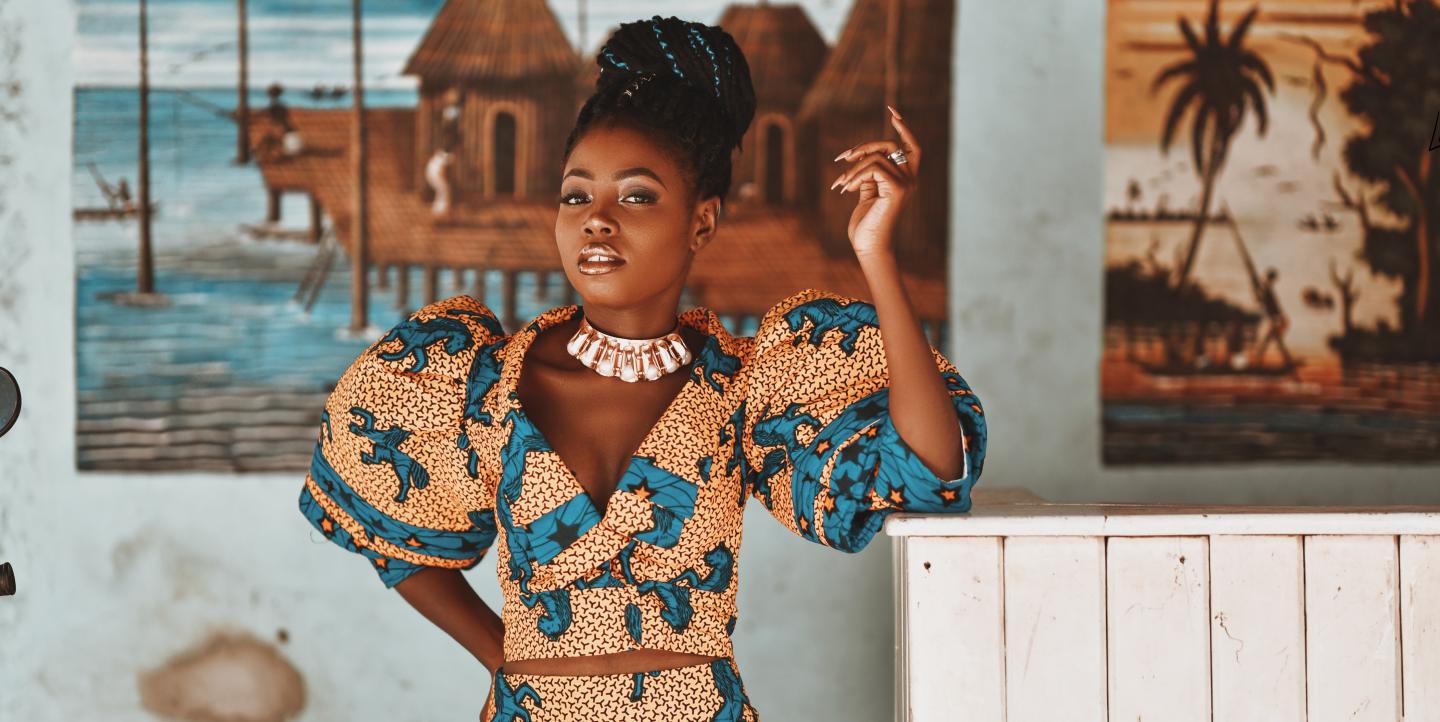The fashion industry in Africa is experiencing immense growth.
Brands like Thebe Magugu, Kenneth Ize and Orange Culture Nigeria are being recognized by luxury conglomerates like LVMH Moët Hennessy Louis Vuitton. Meanwhile, other brands such as Sindiso Khumalo and David Tlale, are making their runway debuts in the world’s fashion capitals. There’s no denying how far African fashion has come.
With this growth comes the need for more well-rounded coverage of the industry. A number of magazines and publications are covering African fashion as it goes global. However, in the Global North, reporting on African fashion often falls victim to skewed narratives and practices that perpetuate stereotypes. Among them, the continent’s fashion is often not considered luxury, and much of the rich diversity and creativity that define the vibrant industry is overlooked.
Here are some tips journalists should keep in mind to avoid these mistakes and to improve their coverage of the beat:
1) Be culturally sensitive
Journalists reporting on African fashion should avoid cultural appropriation, oversimplification and exoticization when crafting their stories. This can include misrepresenting traditional attires or failing to acknowledge the dynamic evolution of the industry.
“It is important that one knows the meaning and context of the elements [of African fashion] and treats them with respect,” wrote journalist Caitlyn Tera. Journalists should approach the topic with respect for the diverse cultures that make up the continent, and understand that African fashion is deeply intertwined with identity, history and heritage.
Reporters should also keep in mind that African fashion is not just about aesthetics – it is a reflection of a rich tapestry of traditions, stories and values. Take the time to learn about the cultural significance and origins of garments, textiles and accessories. For example, textiles like Aso Oke are significant to people from western Nigeria, while others like mud-dyed cloth hold meaning for populations in Mali.
In some cases, Africa's fashion history includes contexts of colonization, cultural exchange and resistance. Journalists should acknowledge these factors and use them to provide a nuanced understanding of what they’re reporting on.
Resources reporters can consult to better understand and learn about African fashion include Fashion Africa Now, Business of Fashion, Vogue Business and Africa in Fashion.
2) Collaborate with local experts
One of the most powerful tools in responsible reporting is collaboration. When searching for people to interview, journalists should seek out local experts, designers, historians and artisans. By incorporating local voices, reporters not only gain credibility but also enrich their reporting with authentic viewpoints.
Journalists must also remember that collaboration isn't just about interviewing experts – it's also about building healthy relationships. They should foster connections that go beyond the scope of a single article, and express a genuine interest in the fashion industry. Understanding the nuances of the industry allows journalists to create easy connections to it.
This approach ensures accuracy, while also contributing to the growth and sustainability of African fashion. By amplifying local voices, journalists can help showcase designers, historians and artisans, and elevate their voices in the global fashion conversation.
3) Dig deep
Surface-level reporting does a disservice to the fashion industry in Africa, where fashion is not static; it evolves, adapts and innovates. Each design, textile and accessory carries a story. Journalists should resist skimming the surface by only showcasing trends or aesthetics.
They should go beyond by exploring the craftsmanship, the materials used and the cultural symbolism, which often goes unnoticed, too. Instead, journalists can highlight the stories behind the creations, the challenges designers face and the innovations born from adversity. For example, media professionals like Helen Jennings, the editorial director of Nataal, have created original editorials around themes and sub-themes related to travel, spoken word artistry and fine arts within the African fashion industry.
To truly capture the essence of the industry, reporters should immerse themselves in the local scene. They can attend fashion shows, visit markets and participate in community events. These experiences can provide journalists with a well-rounded understanding of the cultural significance of fashion in African communities.
4) Understand cultural contexts
It’s important for reporters to acknowledge the global influences on African fashion, and vice versa. This is a two-way street, where African fashion has inspired the world and the world has done so in return.
Reporters can also look into initiatives that promote sustainability, fair trade and ethical practices within the industry for story ideas.
Above all, journalists should recognize African fashion for what it truly is: an incredible source of creativity and innovation. It’s valuable to highlight the fusion of traditional and contemporary elements that make this fashion unique, and emphasize its economic and social impact. Remember, too: it's not just about clothing; it's about livelihoods, empowerment and cultural preservation.


